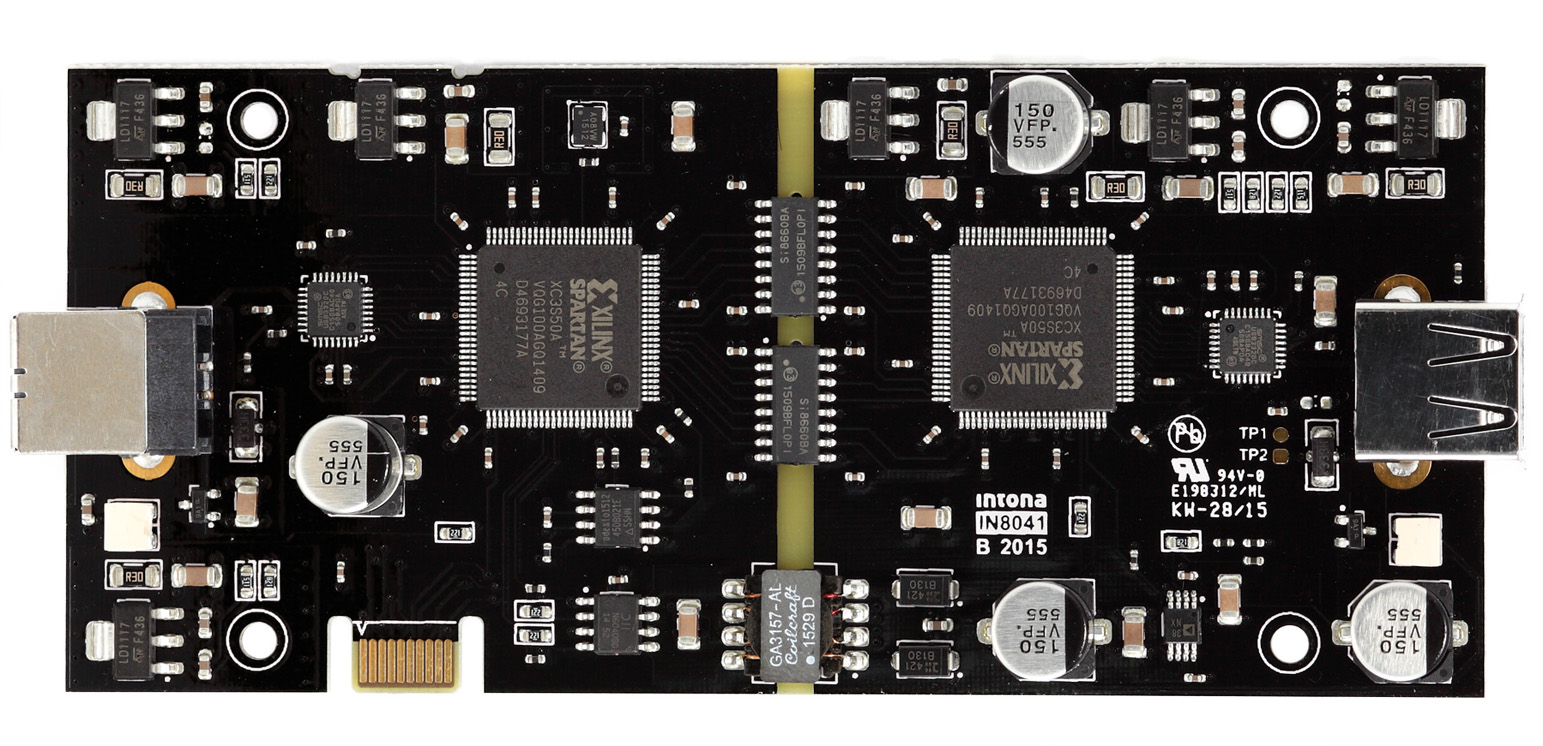

It seems that yours conditions (?) the power feed, so I wouldn’t have to use an external power supply. If I use any galvanic isolator I’ve run across I will also have to use an external power supply as an isolator will sever the power stream. I’ve been told that a USB galvanic isolator will ‘probably’ fix it. I’ve finally traced the 50 cycle hum fault to something between my RME Babyface and the computer. The isolation voltage (1kV, 5kV etc) is normally not important or of any concern regarding USB audio ground loops. It’s also ideal when using a USB hub to connect several Hi-Speed devices. If you device requires a lot of power then this model is ideal as it has an optional aux power input (microUSB) so you can connect extra power to the connected device.
USB ISOLATOR HIGH SPEED FULL
Intona 7055-C SuperSpeed isolator $359 – Supports SuperSpeed, hi-speed, full speed and low speed.Works with some devices that the Hifime high speed isolator doesn’t support. Intona 7054 High Speed Isolator $229 – Hi-, full- and low speed modes and moderate power hungry devices.
 Hifime High Speed Isolator $99 – Hi-, full- and low speed modes and moderate power hungry devices. Hifime Full Speed Isolator $29 – Full speed or Low speed mode and not power hungry devices. If the device has phantom power for mics then it will require more power. Unfortunately most USB sound cards and devices doesn’t specify how much power they require, and this also varies depending on usage (output volume, sample rates etc). The isolators require some power for their own internal electronics and it varies how much is left to be supplies to the connected device. There are some DACs made specifically for Thunderbolt 3. It’s not equal to USB but all USB devices can be connected to a Thunderbolt 3 port. Then you have Thunderbolt 3 that uses the same connector as USB C. SuperSpeed 5/10Gbps – Not many sound cards require these speeds, but it can be useful with a SuperSpeed isolator if you have several devices that you connect through a USB hub. Product Details Fully USB 2.0 Compliant Low and full speed data rate: 1.5 Mbps and 12 Mbps Bidirectional communication Short-circuit protection for xD+ and xD lines 4.5 V to 5.5 V V BUS operation 7 mA maximum upstream supply current 1.5 Mbps 8 mA maximum upstream supply current 12 Mbps 2. This is the most common speed mode for newer devices. Hi-Speed mode 480Mbps – Used by a lot of newer sound cards, multi channels (4,8,16 in/out etc) and also stereo devices that supports 192/384kHz 32bit and DSD. If the sound card supports 192kHz then it most likely will not work on Full Speed mode even if you select a lower sample rate. Full Speed 12Mbps – used by most 2 channel sound cards that supports no higher than 96kHz/24bit sample rates. Low speed 1.5Mbps – used by USB mouse/keyboards and also many USB MIDI devices. USB 3.0 3.1 ports supports USB low speed, full speed, hi-speed and SuperSpeed, and also devices made for USB 2.0, 1.1. It refers to the transfer rate that is used. USB Speed mode is not the same as USB 2.0, 3.0 etc. There are 2 factors that determines compatibility: In these cases it’s mainly a matter of confirming which isolator is compatible with your USB device and then pick the cheapest one.
Hifime High Speed Isolator $99 – Hi-, full- and low speed modes and moderate power hungry devices. Hifime Full Speed Isolator $29 – Full speed or Low speed mode and not power hungry devices. If the device has phantom power for mics then it will require more power. Unfortunately most USB sound cards and devices doesn’t specify how much power they require, and this also varies depending on usage (output volume, sample rates etc). The isolators require some power for their own internal electronics and it varies how much is left to be supplies to the connected device. There are some DACs made specifically for Thunderbolt 3. It’s not equal to USB but all USB devices can be connected to a Thunderbolt 3 port. Then you have Thunderbolt 3 that uses the same connector as USB C. SuperSpeed 5/10Gbps – Not many sound cards require these speeds, but it can be useful with a SuperSpeed isolator if you have several devices that you connect through a USB hub. Product Details Fully USB 2.0 Compliant Low and full speed data rate: 1.5 Mbps and 12 Mbps Bidirectional communication Short-circuit protection for xD+ and xD lines 4.5 V to 5.5 V V BUS operation 7 mA maximum upstream supply current 1.5 Mbps 8 mA maximum upstream supply current 12 Mbps 2. This is the most common speed mode for newer devices. Hi-Speed mode 480Mbps – Used by a lot of newer sound cards, multi channels (4,8,16 in/out etc) and also stereo devices that supports 192/384kHz 32bit and DSD. If the sound card supports 192kHz then it most likely will not work on Full Speed mode even if you select a lower sample rate. Full Speed 12Mbps – used by most 2 channel sound cards that supports no higher than 96kHz/24bit sample rates. Low speed 1.5Mbps – used by USB mouse/keyboards and also many USB MIDI devices. USB 3.0 3.1 ports supports USB low speed, full speed, hi-speed and SuperSpeed, and also devices made for USB 2.0, 1.1. It refers to the transfer rate that is used. USB Speed mode is not the same as USB 2.0, 3.0 etc. There are 2 factors that determines compatibility: In these cases it’s mainly a matter of confirming which isolator is compatible with your USB device and then pick the cheapest one.






 0 kommentar(er)
0 kommentar(er)
